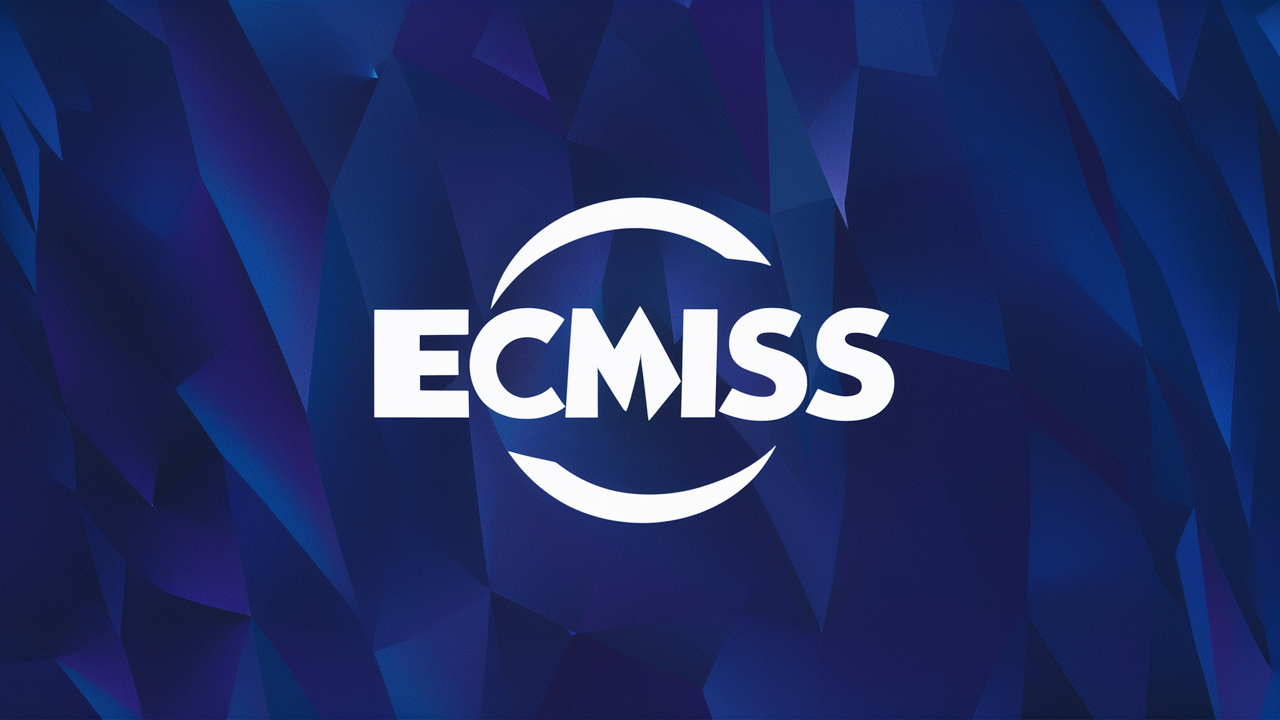The term ECMISS has been gaining attention in recent years as an innovative approach that blends technology, efficiency, and performance. Whether referenced in research, technical applications, or organizational solutions, ECMISS represents advancement through structured systems and tested models. In this in-depth article, we will explore what ECMISS is, its origins, applications across different industries, and why it matters today.
What is ECMISS?
ECMISS is an acronym that has been associated with efficient control mechanisms, integrated systems, and sustainable strategies. It is often used in discussions about engineering, data processing, industrial applications, and technological advancements. The strength of ECMISS lies in its ability to optimize processes, reduce waste, and ensure smooth performance across different areas of implementation.
The Origins of ECMISS
The origin of ECMISS is rooted in the need for structured frameworks and innovative solutions that help industries improve output while minimizing risks. Researchers and engineers coined ECMISS as a framework to align technology with functionality, bridging the gap between complex systems and simplified results. Over time, the concept grew into a trusted model for innovation, control, and success.
Applications of ECMISS Across Industries
1. ECMISS in Engineering and Technology
In the world of engineering, ECMISS is implemented to design systems that are stable, reliable, and scalable. From mechanical structures to IT infrastructures, ECMISS helps engineers create error-free solutions that support growth and adaptability.
2. ECMISS in Industrial Operations
Industries rely on ECMISS for automation, monitoring, and system integration. Its ability to streamline manufacturing processes, reduce downtime, and maintain operational efficiency makes it a vital tool for companies aiming to improve productivity.
3. ECMISS in Data and Information Management
With data becoming the backbone of modern business, ECMISS plays a key role in data storage, organization, and retrieval systems. By adopting ECMISS frameworks, companies can ensure data accuracy, security, and efficient accessibility.
4. ECMISS in Organizational Development
Beyond technical use, ECMISS has gained traction in business process management. It helps organizations implement structured methods, streamline communication, and ensure effective collaboration across teams. This makes ECMISS a strong tool for leadership and project execution.
Benefits of ECMISS
Improved Efficiency
ECMISS delivers high performance with minimal resources, enabling businesses and industries to save time and cut unnecessary costs.
System Integration
It provides seamless integration of multiple components, ensuring that different parts of a process work together harmoniously without failures.
Enhanced Reliability
Systems designed under ECMISS are known for long-term durability and reliability, making them a safer and smarter choice.
Scalability
Another key benefit is its ability to grow with evolving needs. ECMISS systems can be upgraded or expanded without disrupting the core framework.
Why ECMISS Matters Today
In a rapidly changing world driven by innovation and automation, ECMISS ensures stability and adaptability. Organizations that adopt ECMISS are better positioned to handle market competition, technological shifts, and operational demands. By providing a tested model of efficiency, sustainability, and progress, ECMISS secures its place as an essential approach in the modern era.
ECMISS vs. Traditional Models
Traditional systems often focus on short-term results, while ECMISS emphasizes long-term sustainability and integration. Unlike conventional models that may fail under evolving demands, ECMISS offers adaptability and resilience, making it a superior choice for industries looking to future-proof their operations.
How to Implement ECMISS Successfully
- Define Clear Objectives – Identify the goals of implementing ECMISS in your organization.
- Evaluate Existing Systems – Understand the strengths and weaknesses of current processes.
- Adopt ECMISS Frameworks – Integrate ECMISS models gradually for smooth adaptation.
- Train Teams – Ensure staff are equipped with knowledge and skills to utilize ECMISS effectively.
- Monitor and Refine – Continuously assess outcomes and refine processes for maximum efficiency.
The Future of ECMISS
The future of ECMISS looks promising as industries continue to evolve. Its principles are expected to expand into artificial intelligence, sustainable energy solutions, biotechnology, and advanced data systems. With its proven adaptability, ECMISS will likely become a cornerstone of modern innovation and operational success.
Frequently Asked Questions (FAQ) About ECMISS
Q1: What does ECMISS stand for?
ECMISS is often used as an acronym representing efficient control mechanisms, integrated systems, and sustainable strategies.
Q2: What industries use ECMISS the most?
ECMISS is widely used in engineering, manufacturing, IT, data management, and organizational development.
Q3: Why is ECMISS important?
It is important because it ensures efficiency, adaptability, reliability, and cost-effectiveness, helping organizations thrive.
Q4: Is ECMISS better than traditional models?
Yes, ECMISS offers long-term sustainability, scalability, and integration, which many traditional models lack.
Q5: Can ECMISS be customized for different businesses?
Absolutely. ECMISS is highly flexible and adaptable, allowing it to fit into unique organizational needs.
Conclusion
ECMISS is more than just a concept—it is a practical framework for efficiency, reliability, and sustainable growth. Its adaptability across industries makes it a versatile and trusted model for the future. As organizations face new challenges, ECMISS will continue to provide the stability and innovation needed to stay ahead. By understanding and applying ECMISS principles, businesses can secure long-term success and resilience in a competitive world.





